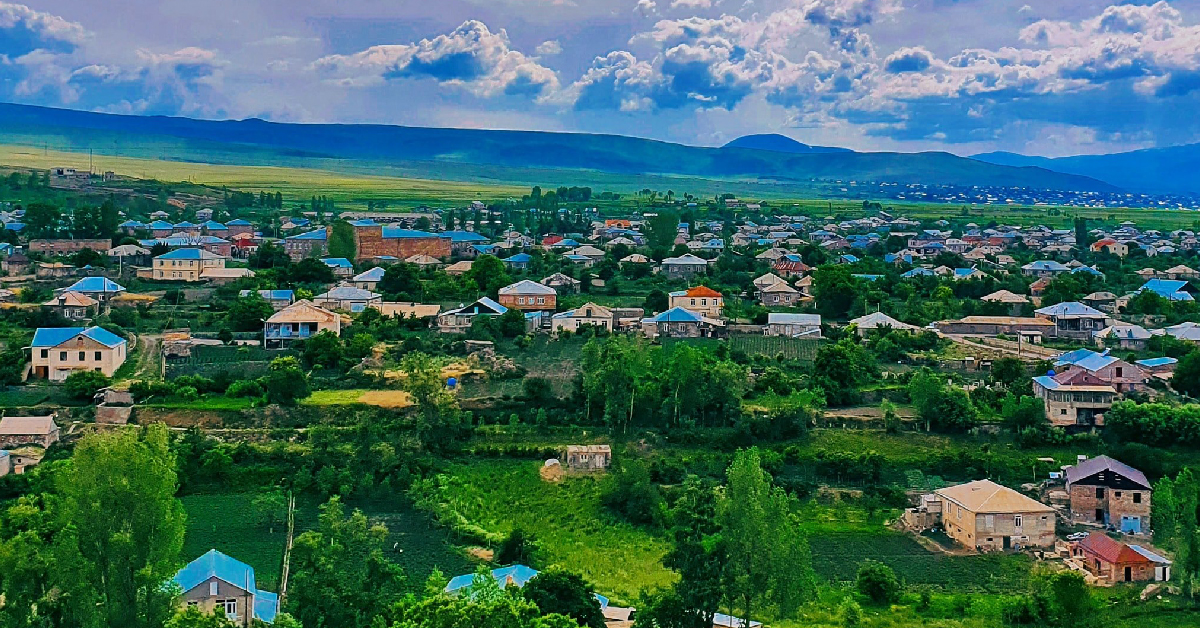2025
2025
2024-11-22

In the 1893 issue[1] of the journal "Collection of Materials for the Description of Localities and Tribes of the Caucasus", the inspector of the Jagri village school in the Nakhijevan district, A. Ter-Margarov, wrote an article about the village of Gyozaldara in the Nor Bayazet district of the Yerevan governorate.
A. Ter-Margarov writes that the name Gyozaldara consists of the words “gyozal” (beautiful) and “dara” (gorge), meaning “beautiful gorge.” Citing the Armenian historian Stepanos Orbelian, the author notes that in ancient times the village was called Vardenis, meaning “land of roses,” and in the 5th century, it was part of the domains belonging to Prince Vasak Syuni. After Prince Vasak's death, the village, along with several others, was given to the Tatev Monastery in 460.
Later, it became part of the Bagratuni domains, then fell under the rule of the Seljuks, Turks, and Persians, and in 1827 came under Russia’s rule. Speaking about Lake Gokcha, the author notes that in ancient times it was called Gegharkuni, later Geghama Sea, and is now known as Lake Sevan. The author notes that in 305, Gregory the Illuminator built an altar in the name of the Holy Resurrection of the Savior on the island in the lake, on the site where Sevan Monastery was later constructed.
Presenting data about the population, the author notes that there are no indigenous inhabitants in the village, and the current residents—46 Armenian households—were relocated in 1829 from the Alashkert and Mush districts. He also mentions that 15 nomadic Kurdish households live in the village. According to 1873 data, the village had 1,903 residents, which increased to 2,826 by 1886. However, there is an error in the 1886 statistical records: in addition to 2,742 Armenians, 346 Tatars lived in the village.
The presented data confirm that, although the village did not have an Armenian name by the late 19th century, it was originally Armenian and inhabited by Armenians. Currently, Gyozaldara is the Vardenik village in the Gegharkunik province of Armenia.
[1] Collection of Materials for the Description of Localities and Tribes of the Caucasus, 1893, Issue No. 17.